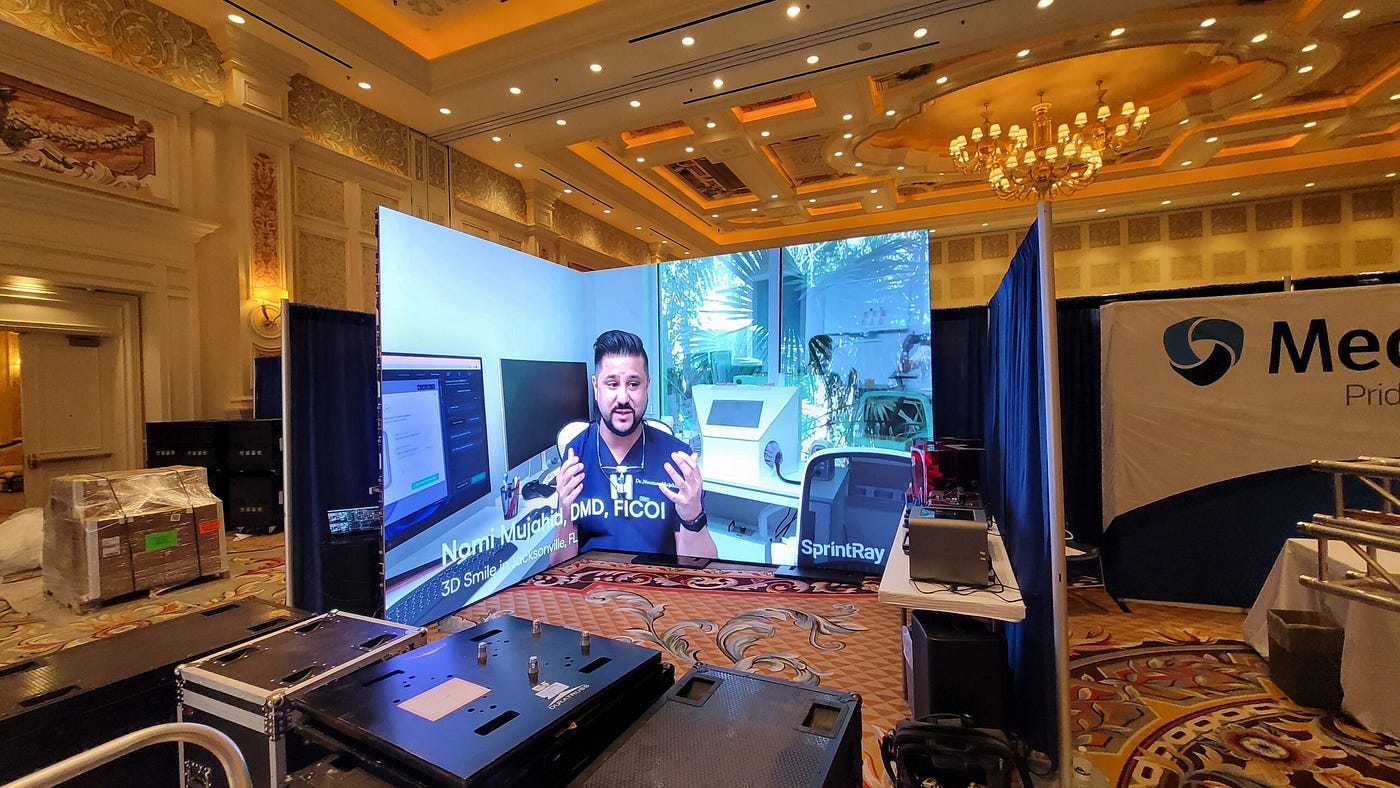Enhancing Visual Effect Through Tactical Content Scheduling in LED Display Execution
Wiki Article
Maximizing visual impact throughout light-emitting diode screen shows demands meticulous preparation and tactical visual timing. Light-emitting diode screens represent potent instruments in graphic narration, often used in concerts, gatherings, plus displays. The effectiveness of these displays depends not only on the quality of the images yet additionally on how and when they are presented. By comprehending the viewers' focus duration and the flow of the event, organizers can create a more engaging experience that captivates spectators and improves the total show.
One crucial element of tactical content scheduling is timing. It is essential to align the visuals with the rhythm and pace of the performance. For instance, during a musical performance, visuals should complement the beat and mood of the melody. This synchronization aids to create a cohesive experience that draws the audience in. Additionally, it is important to consider the duration of each visual segment. Short, impactful clips can maintain audience interest, while longer visuals may be suitable for moments of contemplation or sentimental bonding. By altering the duration and vigor of the images, event planners can keep the audience engaged throughout the performance.

Another important factor is the material in question. The images displayed on the LED wall should be pertinent to the concept of the show. This relevance helps to reinforce the message being communicated plus renders the experience more memorable for the audience. For example, if the show is about ecological consciousness, using images that depict nature and wildlife can enhance the message. Furthermore, incorporating lively features, review such as motion graphics or interactive graphics, can add excitement and keep the viewers' focus. The appropriate material, shown at the right time, can significantly elevate the effect of the show.
Viewer involvement is also a key factor in visual scheduling. Understanding the demographics and preferences of the audience can guide the choice of images. For example, a younger audience may respond better to vibrant colors and fast-paced motion graphics, while an mature crowd might value more nuanced and refined images. By customizing the material to the audience's interests, event planners can craft a more tailored encounter that connects with spectators. Additionally, adding viewer involvement, such as real-time surveys or media engagements, can additionally improve engagement and make the performance more interactive.
Finally, evaluating the effectiveness of the content scheduling is essential for future shows. Collecting responses from the viewers can offer insightful information into what was effective successfully plus what could be enhanced. This data can assist event planners improve their approaches and take knowledgeable choices for future performances. By constantly evaluating and adapting the visual timing strategy, event planners can amplify the visual impact of LED wall performances and craft memorable encounters for their viewers.